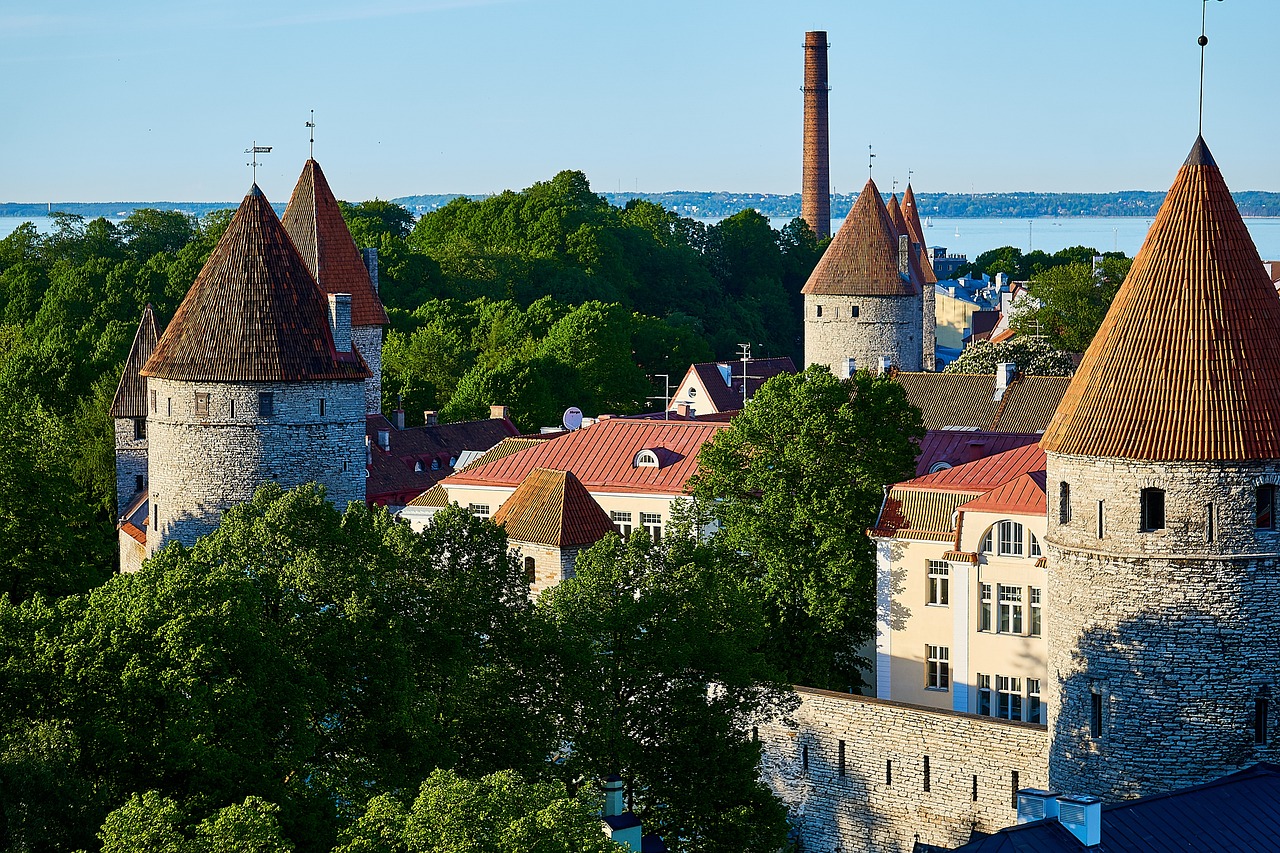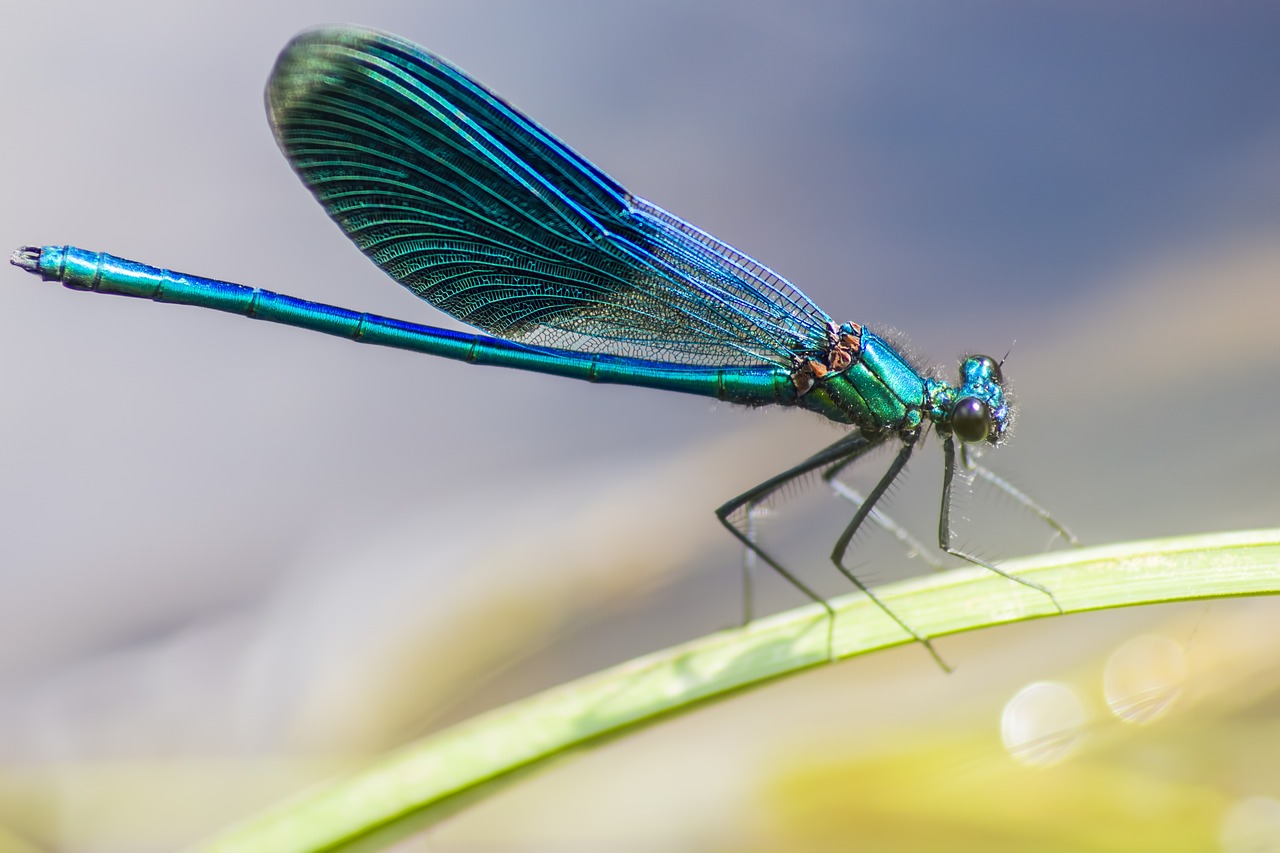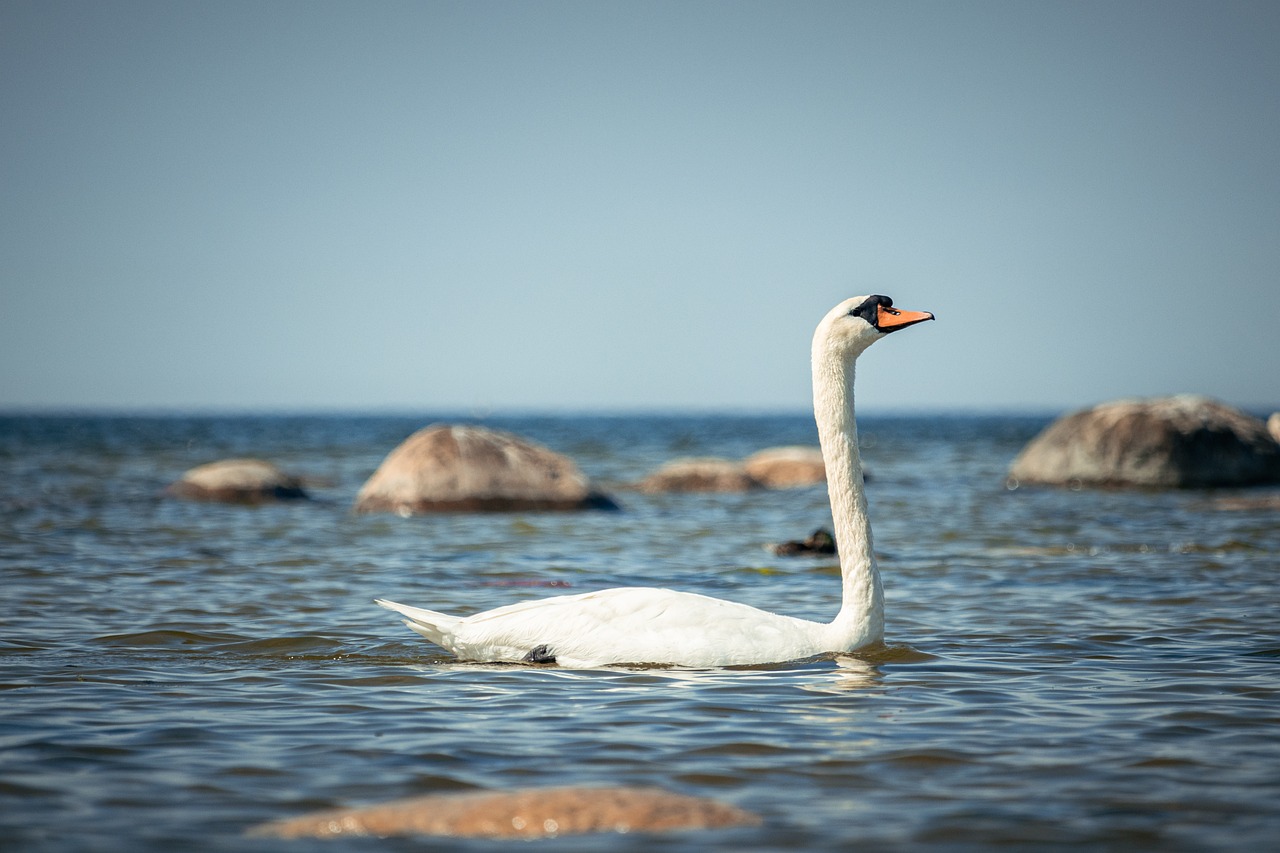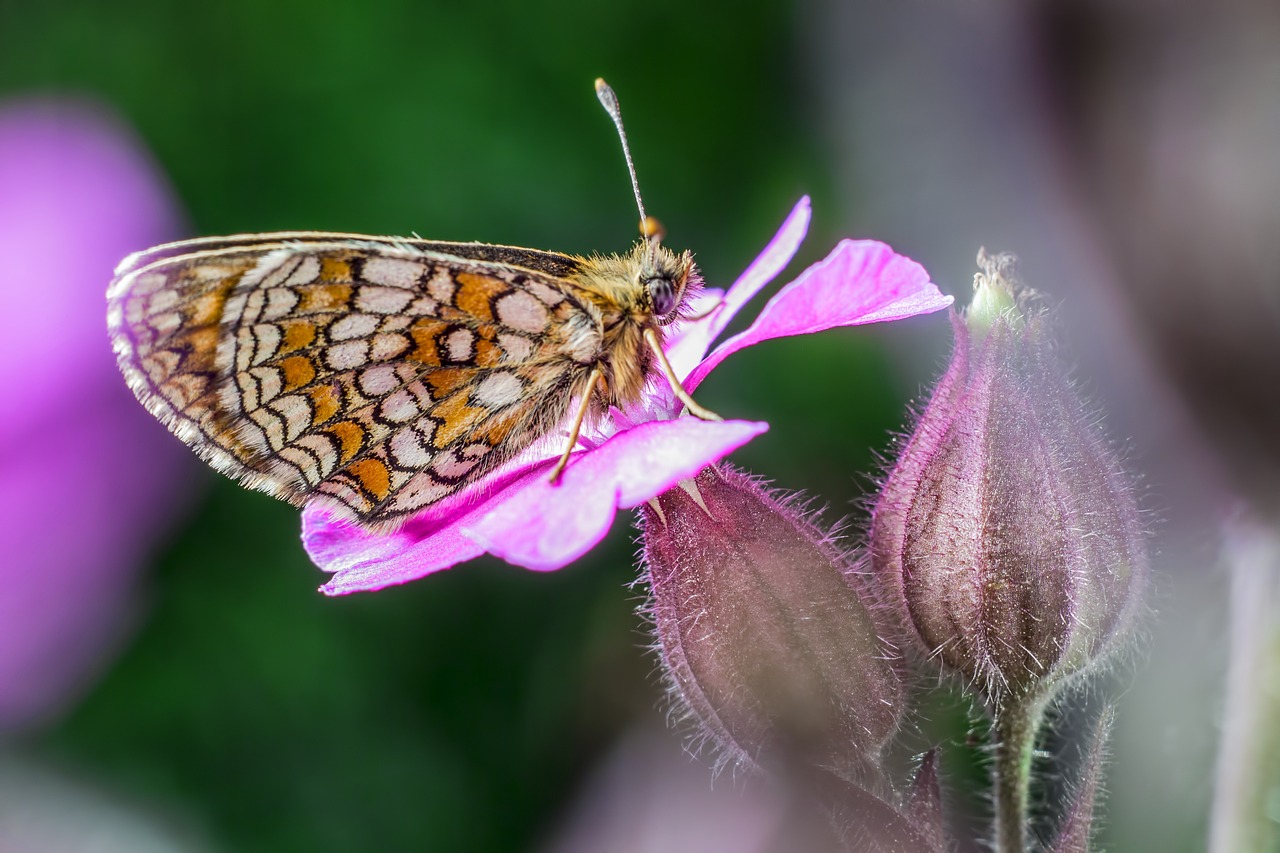Local Celebrations and Holidays: What to Expect in Estonia
Estonia, a country in Northern Europe, is known for its rich cultural heritage and vibrant celebrations. From traditional festivals to national holidays, the Estonian calendar is filled with events that offer a glimpse into the country’s unique traditions and customs. Whether you are a local or a visitor, participating in these celebrations can be a memorable experience. In this article, we will explore some of the local celebrations and holidays in Estonia and what you can expect when attending them.
Midsummer’s Eve: Jaanipäev
Image for reference:

Jaanipäev, also known as Midsummer’s Eve, is one of the most important and widely celebrated holidays in Estonia. It takes place on the night of June 23rd, marking the beginning of summer. The festivities usually involve bonfires, singing, dancing, and traditional food and drinks. People gather with friends and family in the countryside, where they enjoy the long daylight hours and embrace the beauty of nature. This celebration is deeply rooted in Estonian folklore and is a time for joy and renewal.
- Bonfires: Bonfires are an integral part of Jaanipäev celebrations. They are lit to ward off evil spirits and bring good luck for the upcoming year. People gather around the bonfires, sing traditional songs, and dance.
- Singing and Dancing: Music is an essential element of Jaanipäev. Traditional folk songs are sung, and folk dances are performed throughout the night. It is a joyous and lively atmosphere filled with laughter and merriment.
- Traditional Food and Drinks: During Jaanipäev, Estonians indulge in delicious traditional dishes. Barbecued meats, sausages, potatoes, and various salads are commonly enjoyed. Additionally, traditional drinks like homemade beer, schnapps, and kama, a local grain-based beverage, are also served.
Christmas: Jõulud
Christmas, known as Jõulud in Estonia, is a cherished holiday celebrated by both religious and non-religious individuals. It is a time of joy, warmth, and togetherness. The festive season typically begins in early December and extends until early January.
- Decorations: Estonians take great pride in decorating their homes during Christmas. Christmas trees adorned with lights, ornaments, and garlands are a common sight. Many households also display traditional straw ornaments and candles.
- Christmas Markets: Christmas markets are popular in Estonia, especially in the capital city of Tallinn. These markets offer a variety of handmade crafts, local delicacies, and warm beverages. Visitors can explore the stalls, listen to live music, and immerse themselves in the festive atmosphere.
- Traditional Foods: Christmas is a time for indulging in delicious traditional dishes. Roast pork, sauerkraut, blood sausages, gingerbread cookies, and mulled wine are some of the festive treats enjoyed during this time. Families come together to prepare and share these special meals.
Estonian Independence Day: Eesti Vabariigi Aastapäev
Estonian Independence Day, also known as Eesti Vabariigi Aastapäev, is celebrated on February 24th each year. This national holiday commemorates the anniversary of Estonia’s declaration of independence in 1918.
- Flag-Raising Ceremony: The day begins with a flag-raising ceremony in Tallinn’s Freedom Square. The Estonian flag is hoisted while the national anthem is sung. This event is attended by government officials, military personnel, and the general public.
- Concerts and Performances: Throughout the day, various concerts, performances, and cultural events take place across the country. These events showcase Estonian talent, music, and dance. It is a time for national pride and unity.
- Fireworks: The evening concludes with spectacular fireworks displays in major cities like Tallinn. People gather in public spaces to witness the colorful explosions and celebrate the nation’s independence.
Midsummer Day: Võidupüha
Võidupüha, also known as Victory Day, is celebrated on June 23rd to commemorate the victory in the Battle of Võnnu during the Estonian War of Independence in 1919. It is a day to honor the Estonian Defense Forces and pay tribute to those who fought for the country’s freedom.
- Military Parade: The highlight of Võidupüha is the annual military parade held in Tallinn. The Estonian Defense Forces showcase their capabilities, and spectators can witness various military vehicles, aircraft, and equipment.
- Wreath-Laying Ceremonies: Wreath-laying ceremonies take place at war memorials and cemeteries throughout the country. People gather to pay their respects and remember the sacrifices made by Estonian soldiers.
- Sports Events: Võidupüha is also a day for sports competitions and outdoor activities. Various tournaments, races, and games are organized, allowing people to engage in friendly competition and celebrate the spirit of victory.
St. John’s Day: Jaaniõhtu
St. John’s Day, known as Jaaniõhtu, is celebrated on June 24th in Estonia. It is closely related to Midsummer’s Eve (Jaanipäev) and is marked by various customs and traditions.
- Herb Gathering: On Jaaniõhtu, people go into the forests to gather herbs and plants believed to possess healing powers. These herbs are used for various medicinal purposes and are often dried and stored for future use.
- Bonfires and Dancing: Similar to Jaanipäev, bonfires are lit on St. John’s Day. People gather around the bonfires, sing, dance, and enjoy the warm summer night. It is a time for community bonding and celebration.
- Traditional Games: Various traditional games and activities are organized on Jaaniõhtu. These include sack races, tug-of-war, and folk games like “kukerpillid,” a game where participants spin around and try to walk in a straight line.
Estonia Image 1:
Given the source URL: “https://gypsywarrior.com/wp-content/uploads/2400975.jpg” and the alternative text “Estonia”, generate an HTML img tag.

St. Martin’s Day: Mardipäev
St. Martin’s Day, known as Mardipäev, is celebrated on November 10th in Estonia. It is a festive occasion that marks the end of autumn and the beginning of winter.
- Costume Processions: Mardipäev is characterized by costume processions, where groups of people, particularly children, dress up in traditional masks and costumes. They go from door to door, singing songs and performing dances, in exchange for treats.
- Traditional Foods: Traditional foods associated with Mardipäev include blood sausage, sauerkraut, and gingerbread cookies. These treats are often shared among family and friends during the celebrations.
- Fortune-Telling: Fortune-telling is a popular activity during Mardipäev. Various customs and rituals are followed to predict the future or gain insights into one’s life. These practices add an element of mystery and excitement to the festivities.
Estonia Image 2:
Given the source URL: “https://gypsywarrior.com/wp-content/uploads/4857850.jpg” and the alternative text “Estonia”, generate an HTML img tag.

Day of Restoration of Independence: Taasiseseisvumispäev
The Day of Restoration of Independence, known as Taasiseseisvumispäev, is celebrated on August 20th in Estonia. It commemorates the country’s declaration of independence from the Soviet Union in 1991.
- Flag-Raising Ceremony: The day begins with a flag-raising ceremony, similar to Estonian Independence Day. The national flag is hoisted while the national anthem is sung, symbolizing Estonia’s regained freedom.
- Cultural Events: Cultural events, concerts, and exhibitions are organized throughout the country to celebrate this important day. Estonian artists, musicians, and performers showcase their talents, contributing to the festive atmosphere.
- Fireworks: The celebrations conclude with spectacular fireworks displays in major cities like Tallinn. The night sky is illuminated with colorful bursts, creating a sense of joy and unity among the people.
Christmas Eve: Jõululaupäev
Christmas Eve, known as Jõululaupäev, is the evening before Christmas Day and holds special significance in Estonian traditions. It is a time for family gatherings, heartfelt traditions, and anticipation for the arrival of Christmas.
- Family Dinner: Families come together for a festive dinner on Christmas Eve. Traditional dishes like roast pork, blood sausages, potatoes, sauerkraut, and gingerbread cookies are enjoyed. The dinner is followed by the exchange of gifts.
- Candlelit Churches: Many Estonians attend midnight mass or candlelit church services on Christmas Eve. Churches are adorned with candles and decorations, creating a serene and spiritual ambiance.
- Visiting Cemeteries: It is a common tradition to visit cemeteries on Christmas Eve and light candles at the graves of loved ones. This act of remembrance and respect is a way to honor the memory of those who have passed away.
Estonia Image 3:
Given the source URL: “https://gypsywarrior.com/wp-content/uploads/8122255.jpg” and the alternative text “Estonia”, generate an HTML img tag.

Conclusion
Estonia’s local celebrations and holidays offer a unique insight into the country’s rich cultural heritage and traditions. From Midsummer’s Eve to Christmas, these festivities bring communities together and provide an opportunity to experience the warmth and joy of Estonian culture. Whether you are captivated by the bonfires of Jaanipäev, the festive markets of Jõulud, or the patriotic spirit of Independence Day, attending these celebrations in Estonia is sure to leave you with lasting memories.
References
– Visit Estonia: www.visitestonia.com
– Estonian World: estonianworld.com
– Estonian Embassy: estonia.ee


